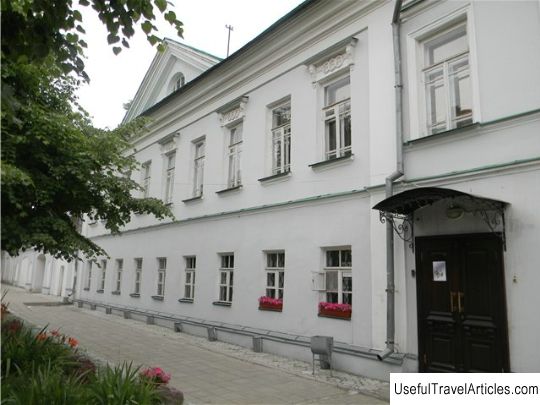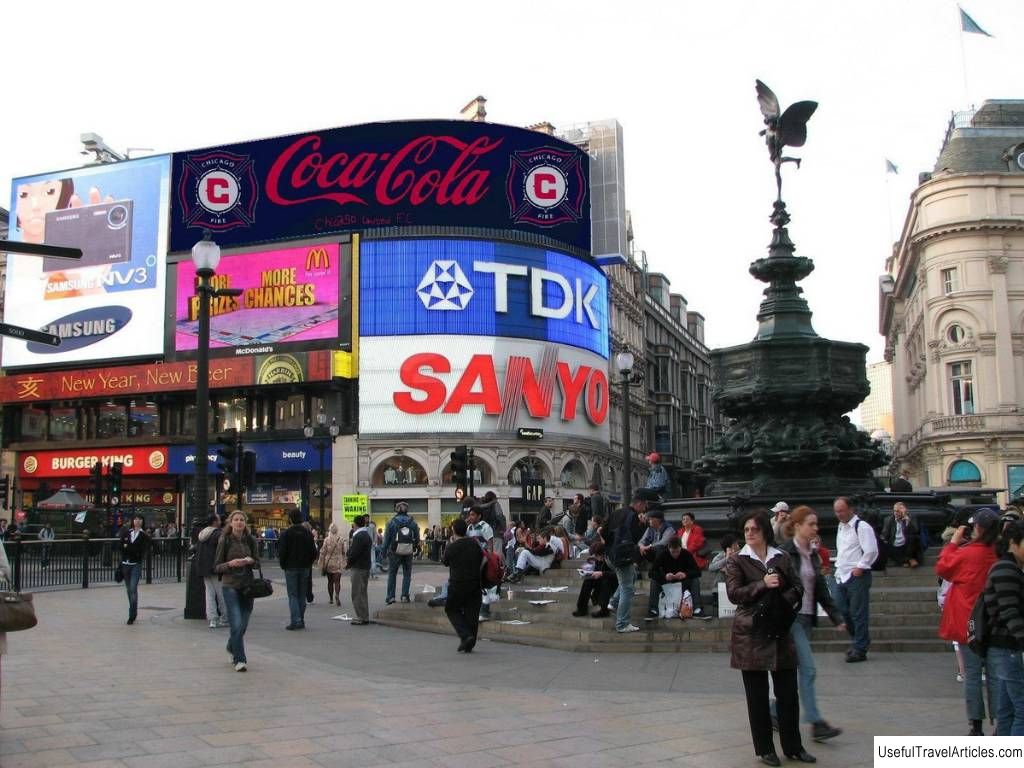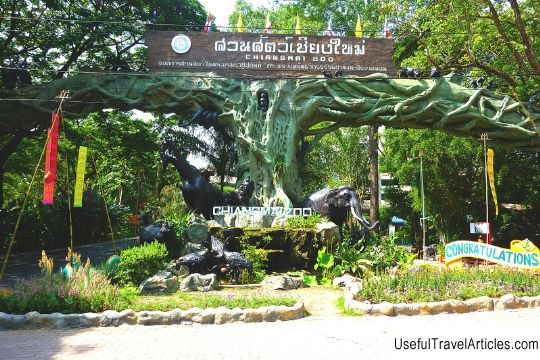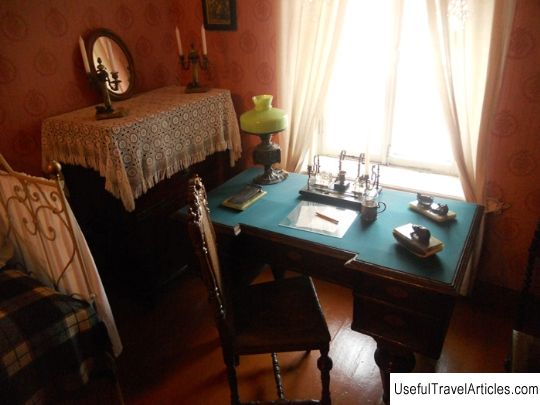House of Mason description and photo - Russia - North-West: Pskov
Rating: 9,3/10 (3745 votes) 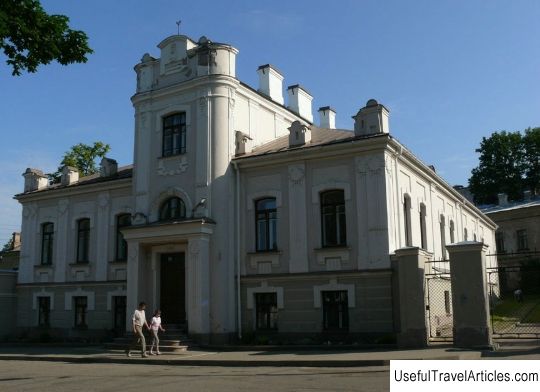
Mason's house description and photos - Russia - Northwest: Pskov. Detailed information about the attraction. Description, photos and a map showing the nearest significant objects. Photo and descriptionA Mason's house appeared in Pskov in 1909-1910, which got its name from the name of its famous owner. The manor house was located in Zlatoustovsky lane or on Komsomolskaya street today. Mr Mason once moved to France from Scotland. In his new homeland, he decided to change his last name and decisively changed from Mr. Mason to Mason. One of the Mason's relatives - Ludwig - also decided to emigrate to Russia and settle in the city of Pskov. In the capital province, a foreigner Ludwig Mason took up the business of a teacher, and also became a member of the Pskov Archaeological Society. As for the surname of Mason, according to the documents the second letter "s" was "lost" from it, but in historical sources the surname can be found in two variations. According to careful research, a small Mason's house is located on the site of the previously existing cathedral church of the male Zlatoust monastery, which served as the family burial vault of the Pogankin merchant family. Even during the time of Catherine II, the monastery was closed and completely abolished, and in 1852 the land plot with the remains of the monastery was sold at an auction. During the Soviet era, house number 6 in Komsomolsky Lane was the most ordinary Soviet communal apartment and did not look catchy. Only true connoisseurs recognized the details of the modernist style in an inconspicuous monument of architecture that previously belonged to the teacher of the French language Ludwig Karlovich. In 1998, residents of the communal apartment were resettled, and after a while, work began on the adaptation of the house to the museum storage. In the basement of the building, in 2002, burials dating from the 16th and 17th centuries were discovered. Not only the basement of the house, but also the walls contained the monastery masonry, and the entire basement was filled with bodies. There is an opinion that among the bodies found in the basement there are the remains of the famous merchant and industrialist Pogankin Sergei, but still this assumption cannot be confirmed. All the remains that were found in the monastery basement were interred. The Mason's House was radically redesigned into the Museum of the Book, on which funds were spent, the amount of which reached several million rubles, of which 4.5 million rubles the museum received from the presidential fund as a birthday present for the city of Pskov (1100 anniversary). But still, the ancient depository or the museum of books from the Mason's house did not work, and instead of scrolls and books in the mansion there were exhibits from the funds of the museum-reserve in Pskov, an exhibition of historical weapons, as well as the "Golden Pantry". Visitors will be able to get acquainted with rare jewelry, gold and silver coins, jewelry, collectible weapons, treasures that were discovered in the Pskov region. Not so long ago, the Heraldic Hall was opened in the Mason's house. It houses 15 unique paintings on canvas. There are seven coats of arms of the districts of the city of Pskov and the same number of shop banners of the Imperial Majesty's suppliers. The exhibits were made by the hands of famous painters in the second half of the 19th century. The canvases on which the coats of arms of the Pskov counties are represented, are composed of two compositions: the upper part of all the canvases is marked with coats of arms, and on the lower part there is the county coat of arms that belongs to its own county. The end of the exposition is made in the form of a ceremonial portrait of the Russian Empress Catherine II, by whose order the Pskov province began its activities. The presented museum exhibits were restored at the very beginning of the 21st century at the Institute named after I.E. Repin. According to experienced art critics, it is the Heraldic Hall that is the iconic exposition of the Mason's house.    We also recommend reading Church of the Holy Great Martyr Barbara in Minkino description and photos - Russia - North-West: Murmansk region Topic: House of Mason description and photo - Russia - North-West: Pskov. |
